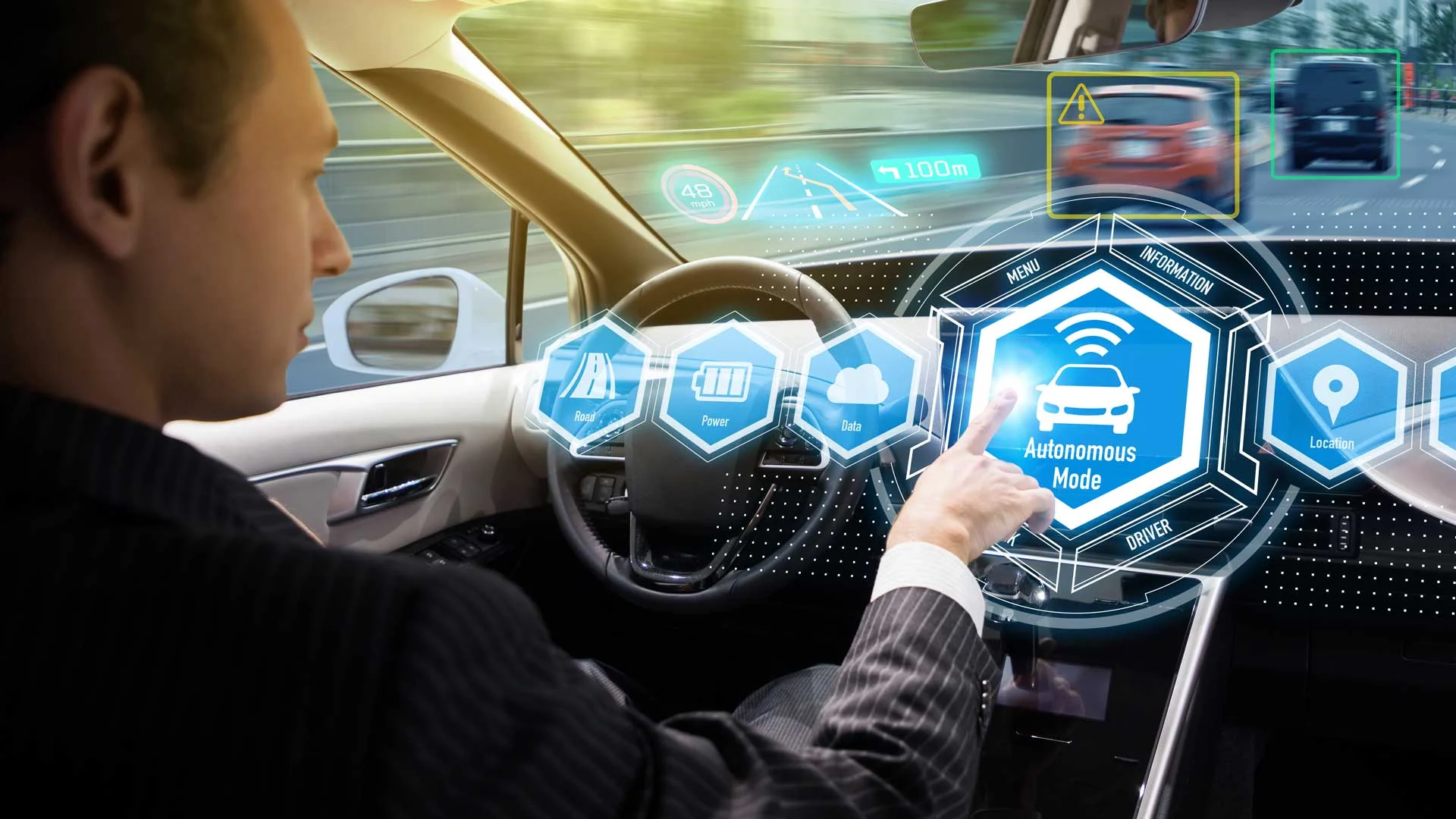The Rise of Autonomous Vehicles: What You Need to Know
The rise of autonomous vehicles is a topic that has been gaining increasing attention in recent years. With advancements in technology, the development of self-driving cars has become a reality, and it is important to understand the implications and potential impact of this innovation. Autonomous vehicles have the potential to revolutionize the way we travel, offering benefits such as increased safety, improved traffic flow, and enhanced mobility for individuals with limited mobility. As this technology continues to evolve, it is essential for individuals to stay informed about the latest developments and considerations surrounding autonomous vehicles.
As the interest in self-driving cars continues to grow, there are many questions and concerns that arise regarding the rise of autonomous vehicles. People are curious about the safety of these vehicles, the impact on the job market, the regulatory framework surrounding their use, and the potential changes in infrastructure that may be necessary to support their widespread implementation. It is important to explore these aspects in order to gain a comprehensive understanding of the implications and considerations related to autonomous vehicles.
The History of Autonomous Vehicles
Autonomous vehicles, also known as self-driving cars, have been a dream of engineers and innovators for decades. The concept of autonomous vehicles dates back to the 1920s, with the first experimental driverless car being developed in the late 1960s. However, it wasn’t until the early 2000s that major advancements in technology and artificial intelligence paved the way for the development of practical autonomous vehicles. Today, companies like Tesla, Google, and Uber are actively working on autonomous vehicle technology, and it is expected to revolutionize the way we travel in the near future.
The Technology Behind Autonomous Vehicles
Autonomous vehicles rely on a complex network of sensors, cameras, radar, and lidar to perceive their surroundings and make real-time decisions. Advanced artificial intelligence algorithms are used to process the data collected by these sensors and navigate the vehicle safely through the environment. Additionally, connectivity and communication technologies play a crucial role in allowing autonomous vehicles to interact with each other and with infrastructure such as traffic lights and road signs. The development of reliable and high-speed communication networks, such as 5G, is expected to further enhance the capabilities of autonomous vehicles.
The Benefits of Autonomous Vehicles
Autonomous vehicles have the potential to significantly improve road safety by reducing the number of accidents caused by human error. They can also lead to more efficient traffic flow and reduced congestion, as well as lower emissions and fuel consumption through optimized driving patterns. Additionally, autonomous vehicles have the potential to increase mobility for the elderly and people with disabilities, as well as reduce the need for parking space in urban areas. Overall, autonomous vehicles have the potential to transform the way we think about transportation and make it more sustainable and accessible for everyone.
The Challenges and Concerns Surrounding Autonomous Vehicles
While the potential benefits of autonomous vehicles are promising, there are also significant challenges and concerns that need to be addressed. One of the biggest challenges is the need to ensure the safety and reliability of autonomous vehicle technology, as well as establishing regulations and standards for their deployment. There are also ethical and legal considerations, such as determining liability in the event of accidents and addressing privacy concerns related to the collection of data by autonomous vehicles. Additionally, there are concerns about the potential impact of autonomous vehicles on employment in industries such as transportation and logistics.
The Current State of Autonomous Vehicle Development
As of now, autonomous vehicle technology is still in the testing and development phase, with various companies and research institutions working to overcome the technical and regulatory challenges. While some vehicles with advanced driver-assistance systems (ADAS) are already on the market, fully autonomous vehicles that can operate without human intervention in all conditions are not yet widely available. However, there have been significant advancements in the capabilities of autonomous vehicles, and it is expected that they will become more prevalent in the coming years as the technology matures and regulations are put in place.
The Impact of Autonomous Vehicles on Urban Planning
The widespread adoption of autonomous vehicles is expected to have a profound impact on urban planning and infrastructure. With the potential for reduced parking needs and more efficient transportation systems, cities may need to rethink the design of roads, parking facilities, and public transportation networks. Additionally, the development of autonomous vehicles may lead to changes in land use patterns, as the need for parking space could decrease, and new opportunities for mixed-use development and urban revitalization may arise. Planners and policymakers are already considering these potential impacts as they prepare for the integration of autonomous vehicles into urban environments.
The Future of Autonomous Vehicles and Mobility
Looking ahead, the future of autonomous vehicles holds great promise for transforming the way we think about mobility. As the technology continues to advance and become more widespread, we can expect to see changes in how we commute, travel, and transport goods. Autonomous vehicles may also pave the way for new business models, such as on-demand transportation services and mobility-as-a-service platforms. Additionally, the integration of autonomous vehicles with electric and shared mobility solutions could lead to more sustainable and efficient transportation systems. Overall, the future of autonomous vehicles is likely to bring about significant changes in how we move and interact with our built environment.
Public Perception and Acceptance of Autonomous Vehicles
Public perception and acceptance of autonomous vehicles are crucial factors that will influence their adoption and integration into society. While there is excitement about the potential benefits of autonomous vehicles, there are also concerns and skepticism about their safety and reliability. Building trust and confidence in autonomous vehicle technology will be a key challenge for manufacturers and policymakers. This will require transparent communication about the capabilities and limitations of autonomous vehicles, as well as engaging with the public to address their concerns and gather feedback. Additionally, educating the public about the potential benefits of autonomous vehicles, such as improved road safety and increased mobility, will be essential for fostering acceptance and understanding of this transformative technology.
| Topic | Details |
|---|---|
| Definition | Autonomous vehicles are self-driving vehicles that can navigate and operate without human intervention. |
| Benefits | Increased safety, reduced traffic congestion, and improved mobility for people who cannot drive. |
| Challenges | Regulatory hurdles, liability issues, and public trust in the technology. |
| Current Status | Autonomous vehicles are being tested in various cities, but widespread adoption is still in the early stages. |
| Future Impact | Autonomous vehicles have the potential to revolutionize transportation and reshape urban landscapes. |



